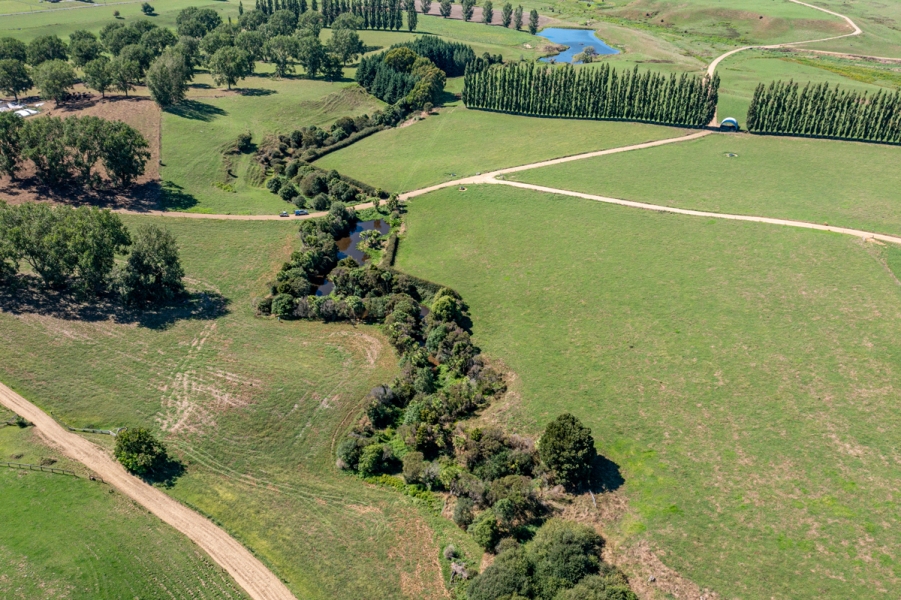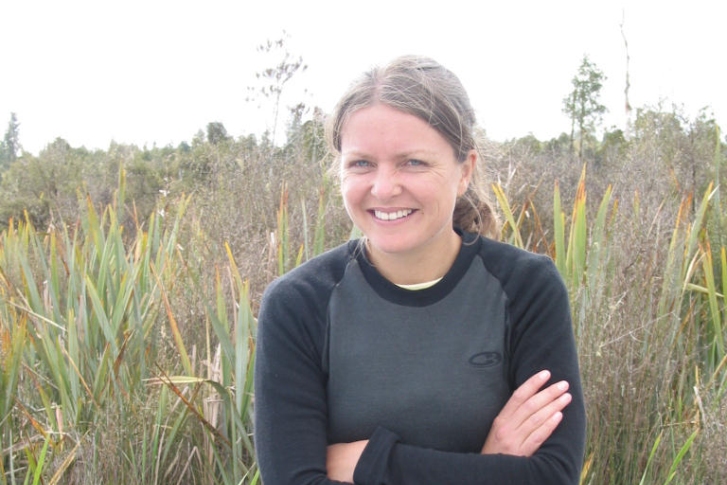This guide discusses design principles and provides high-level information about the likely performance of riparian buffers.
A riparian buffer is a strip of land which separates agricultural activity from a waterway to remove contaminants through a combination of physical and biological processes. Many livestock farms have invested in riparian buffers, typically a combination of livestock exclusion fencing and planting of native grasses, shrubs, and trees.
The information in this guide is based on NIWA’s “Preliminary riparian buffer guidelines. Filtering surface runoff and nitrate removal from subsurface flow” (McKergow et al. 2020b) and a review of New Zealand and international performance data (McKergow et al. 2020a).
This guide shows how riparian buffers may be used to reduce the inputs of suspended sediment (SS), nitrogen (N) and phosphorus (P) from agricultural lands to surface and groundwater (principally on dairy farms) under pasture and during pasture renewal and cropping.
It does not address the use of plantings to reduce stream bank or channel erosion, and is not suitable for irrigated pasture, runoff from feed pads or farm dairy effluent applications.
The information supplied will assist farmers, farm advisors, rural contractors, and regional council staff to appropriately size, design, construct and maintain effective riparian buffer zones designed for water quality outcomes.
Download
Acknowledgements
This guide was developed by NIWA. Preliminary guidelines and a technical literature review were funded by the DairyNZ dairy farmer levy and NIWA’s Strategic Science Investment Funding provided by the Ministry of Business, Innovation and Employment (MBIE). Diagrams were created by Lucy McKergow and Erika Mackay (NIWA).
Related information:
- Effective mitigation systems to manage contaminant losses | NIWA
- Constructed wetland guidelines | NIWA
- Demand grows for NIWA’s Riparian Management Training | NIWA



